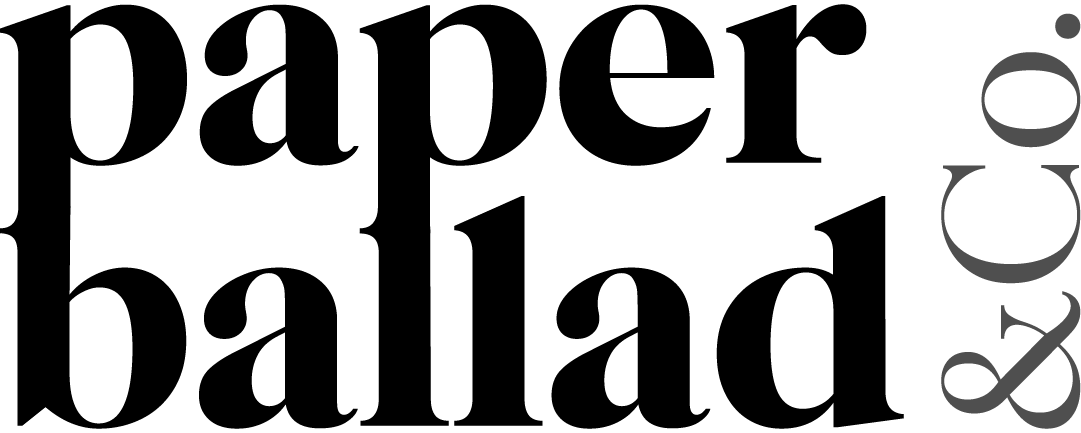Whitelisting in social media contexts refers to allowing access to certain individuals or groups while blocking others. It is a security feature that has become increasingly important in recent years as social media platforms have become more popular and the risk of cyberattacks has increased.
Whitelisting is particularly useful for businesses and organisations that want to restrict access to their social media accounts to a select group of people. This can include employees, partners, and customers. By whitelisting specific accounts, businesses can ensure that only trusted individuals can post content and engage with their followers.
Individuals can use whitelisting in social media to control who can see their social media profiles and posts. For example, parents may want to whitelist the accounts of family members and close friends so that they can share photos and updates about their children without worrying about strangers seeing the content. Overall, whitelisting is a powerful tool that can help to improve the security and privacy of social media accounts.
Understanding Whitelisting in Social Media

What is a Whitelist?
A whitelist is a list of entities (such as IP addresses, email addresses, applications, or websites) that are granted explicit permission to access a particular system, service, or resource. Whitelisting is often used to enhance security by reducing the potential attack surface, as it restricts access to only those entities that are known and trusted.
Therefore, whitelisting in social media means allowing specific users, pages, or domains to access your content or interact with your social media account. This is done by creating a list of approved entities that are granted permission to engage with your account. Whitelisting prevents unwanted spam, trolls or harmful content from infesting your social media account.
Whitelisting is a proactive approach to social media management that helps to maintain a positive online reputation. By allowing only trusted entities to interact with your account, you can ensure that your content is seen by the right people and that your brand is protected from negative interactions by allowing only trusted entities to interact with your account.
Whitelisting vs Blocklisting
Whitelisting is often compared to blocklisting/blacklisting, which is the process of blocking specific users pages, or domains from accessing your content or interacting with your social media account. While blocklisting is a reactive approach to social media management, whitelisting in social media is a proactive approach that helps to prevent unwanted interactions before they occur.
Whitelisting is a more effective approach to social media management because it allows you to control who can interact with your account.
In conclusion, whitelisting is an effective way to manage your social media account and protect your brand from unwanted interactions. By creating a list of approved entities, you can ensure that you reach the right audience with your content and maintain your online reputation.
Implementing Whitelisting Strategies
 implementing whitelisting strategies in social media, there are a few key factors to consider to ensure that you get the most out of your efforts.
implementing whitelisting strategies in social media, there are a few key factors to consider to ensure that you get the most out of your efforts.
Criteria for Whitelisting
The first step in implementing a strategy for whitelisting in social media is determining what to whitelist and identifying what makes something worth the trouble. This may include factors such as the account’s reputation, content quality and relevance to your brand or industry.
It’s important to establish clear and consistent criteria to ensure that all content is evaluated fairly and that the whitelist is effective in achieving your goals.
Process of Approving Content
Once you have established your criteria, you will need to develop a process for approving content to be added to the whitelist. This may involve a review process by a designated team or individual, or it may be automated based on predetermined criteria.
It’s important to ensure that the process is efficient and streamlined to avoid delays in approving content and to ensure that the whitelist remains up-to-date.
The greatest storytelling techniques in our digital age are as follows: UX Strategy, Branding, & Content Marketing. These are the tools of our trade at Paperballad & Co. Together, let’s dance our last dance and captivate the world with your story.
Tools and Platforms
There are a variety of tools and platforms help you implement and manage your whitelisting strategy. These may include social media management tools, content approval workflows and analytics platforms.
Selecting tools and platforms that suit your needs and seamlessly integrate with your existing systems is important.
By following these guidelines and utilizing the right tools and platforms, you can effectively implement a whitelist strategy that helps you achieve your goals and maintain a positive brand image.
Case Studies
Success Stories
Whitelisting in social media has proven to be an effective tool for many businesses and individuals. For example, a UK-based fashion brand was struggling to gain traction on Chinese social media platforms due to the strict censorship and filtering of content. However, by working with a social media agency to whitelist their content, they were able to increase their visibility and engagement with their target audience in China.
Similarly, a small business in the hospitality industry was struggling to reach its desired audience on Instagram. By whitelisting their content with influencers in their niche, they were able to increase their followers and engagement, resulting in a boost in bookings and revenue.
Challenges and Solutions
While whitelisting can be a powerful tool, it is not without its challenges. One common issue is difficulty in finding trustworthy and reliable partners to whitelist content with. This can be especially challenging on Chinese social media platforms, where the regulations and laws can be complex and difficult to navigate.
One solution to this challenge is working with a reputable social media agency with experience in whitelisting content. They can help navigate the regulations and ensure that your content reaches the right audience.
Another challenge is that partners who share inappropriate content or engage in fraudulent activity make whitelisting not 100% foolproof. To mitigate this risk, it is important to vet potential partners and monitor their activity closely and thoroughly.
Overall, whitelisting can be a powerful tool for businesses and individuals looking to increase their visibility and engagement on social media. By working with trusted partners and carefully monitoring their activity, you can reap the benefits of this strategy while minimizing the risks.
Conclusion
In conclusion, whitelisting in social media emerges as a powerful strategy in the realm of social media management, offering a proactive approach to curating content and interactions. By allowing only trusted entities access, businesses and individuals can safeguard their online presence, ensuring that their content reaches the intended audience while mitigating the risk of unwanted interactions.
As businesses and individuals navigate the ever-evolving digital landscape, whitelisting emerges as a key tool for maintaining control, protecting brand reputation and fostering meaningful engagement. By harnessing the power of whitelisting alongside other social media management strategies, organisations and individuals can navigate the complexities of the digital world with confidence.
Frequently Asked Questions
Q1. How does whitelisting differ from blocklisting?
Whitelisting allows specific entities access to your social media account, while blocklisting prevents specific entities from accessing or interacting with your account.
Whitelisting is proactive, aimed at allowing trusted interactions, whereas blocklisting is reactive, aimed at preventing unwanted interactions.
Q2. How can I implement a whitelisting strategy for my social media accounts?
To implement a whitelisting strategy, identify trustworthy entities such as partners, influencers, or customers.
Create a list of approved accounts or domains that are allowed to interact with your content. Utilize social media management tools to streamline the approval process and monitor interactions.
Q3. Can whitelisting help improve my social media engagement?
Yes, whitelisting in social media can improve engagement by ensuring interactions are from trusted sources, increasing the relevance and quality of engagement.
By curating who can interact with your content, you can foster meaningful interactions with your target audience.
Q4. What are the benefits of using whitelisting in social media marketing?
Using whitelisting in social media marketing offers benefits such as:
- Enhanced security
- Improved control over interactions
- Protection of brand reputation
- Increased visibility among targeted audiences
- Foster genuine engagement
- Maintains a positive online presence
Q5. How can I measure the success of my whitelisting strategy?
Measure the success of your whitelisting strategy by monitoring engagement metrics from whitelisted entities such as:
- Likes
- Shares
- Comments
Track changes in follower growth and interaction quality to gauge the impact of allowing specific users to interact with your content.
Words can change the world. At Paperballad & Co., we wield the mighty pen to help you achieve product-market fit through science-driven content. Schedule a consultation with us here and change the world with our words.















